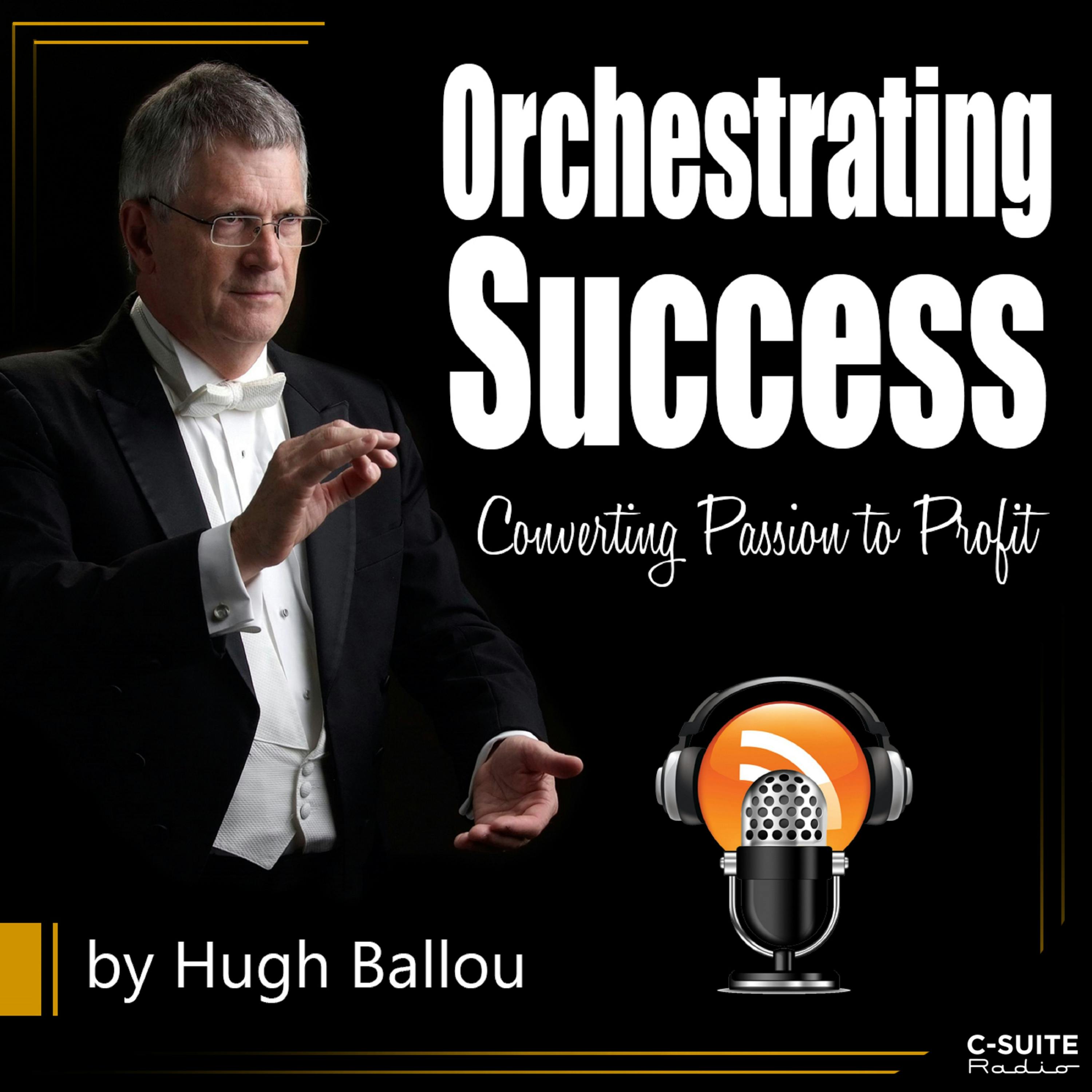OS 114: Being Emotional versus Logical Thinking

b"The point is not to take the world's opinion as a guiding star but to go one's way in life and working unerringly, neither depressed by failure nor seduced by applause.\\n- Gustav Mahler\\n\\xa0\\nThinking\\xa0versus Feeling is Transformational Leadership\\nLeaders lead. The question is\\u2026do we lead with our brains or with our hearts?\\nIn my studies in Bowen Family Systems, a profound paradigm for leadership by managing and differentiating self, I have discovered a better way to make difficult decisions. The way is to define guiding principles for self and for the organization we lead, and utilize those principles for making good decisions. This leadership perspective is crucial.\\nBowen defines \\u201cBasic Self\\u201d as following those principles. When the leader makes decisions for other reasons, like to please others, Bowen defines that as \\u201cPseudo Self.\\u201d The bottom line for me is that when I make a decision to please someone else, I\\u2019m not serving myself or my vision. Ultimately, the person whom we attempt to please will lose respect for us and completely negate the reason we thought was good for making that decision in the first place.\\nMany leaders lead with their heart and are considered compassionate and caring. Principled leaders who utilize rational thinking and think in systems, are sometimes regarded by feelers as uncaring and insensitive. The latter is not generally true. Making effective decisions in line with principles brings value to everyone\\xa0and, ultimately, those critics will respect the leader\\xa0once the results are self-evident.\\nLeadership perspective is the key.\\nTo counter the feelings of being uncaring and insensitive and maybe inflexible, here are some tactics to consider that are Transformational Leadership basics:\\n\\n* Define Your Ultimate Vision: Know exactly where you want to end up, and write it in compelling language expressed in present tense. Define it as having already happened. Share the vision with anyone in your space who cares about you or your organization, and with those who will benefit from accomplishing that vision. Check for alignment with the vision with key stakeholders and collaborators.\\n* Write Down Core Values: Yes, I have blogged about values being useless. That\\u2019s true if the values are the final product. Values are the first step in defining the cultural norms. Values are static statements. That\\u2019s fine. Just don\\u2019t think that these static statements are going to create value just because they have been created. Moving forward, use these values to create Guiding Principles, and build out the goals without violating those values.\\n* Create Guiding Principles: Guiding Principles are statements that provide guidelines for making effective decisions, both for the leader individually and for the organization as a culture. When you go to a Disney park, it\\u2019s very clear that each employee you come across is operating within the\\xa0company principles\\u2026you are the guest and they entertain you. Write separate principles for yourself on how to manage self and how to make thinking decisions. Create a separate, but compatible, set of principles for the organization in collaboration with those in the organization who will support, protect, and teach them to others. Check\\xa0my post on\\xa0Guiding Principles (http://transformationalstrategist.com/principles/)for more information.\\n* Review and Update Principles Regularly: Once written, the principles must then be activated\\xa0and applied in every decision. To ensure that this happens, develop a routine for evaluating the principles and revising them as necessary. If you hold weekly meetings, review one principle each week and evaluate how effectively the group is following that principle, and review if the principle still reflects the culture, values,\\nLearn more about your ad choices. Visit megaphone.fm/adchoices"